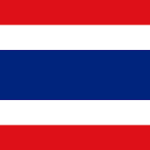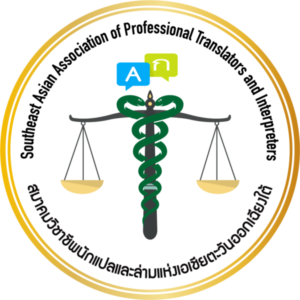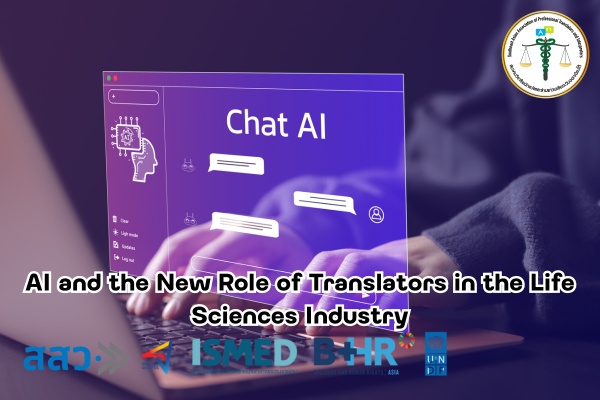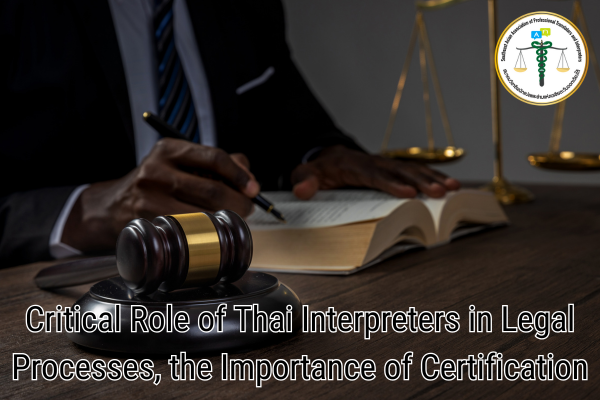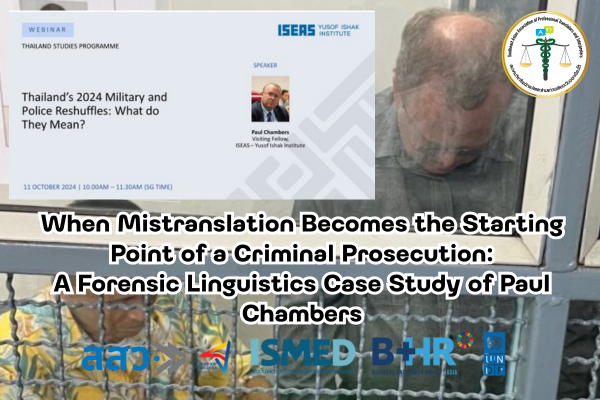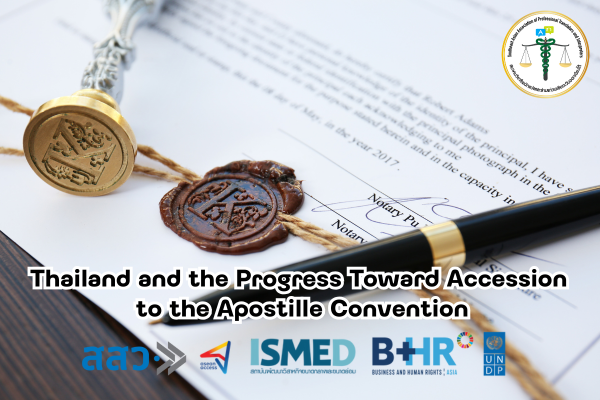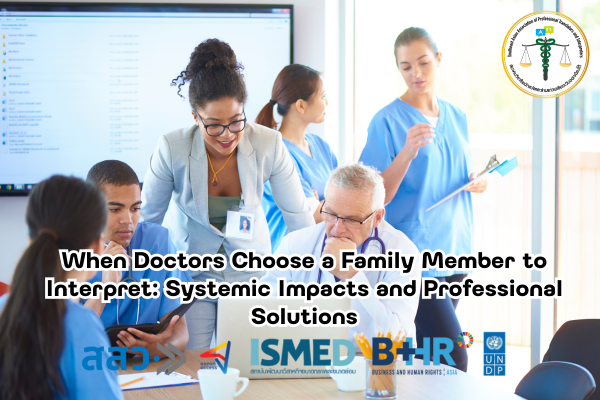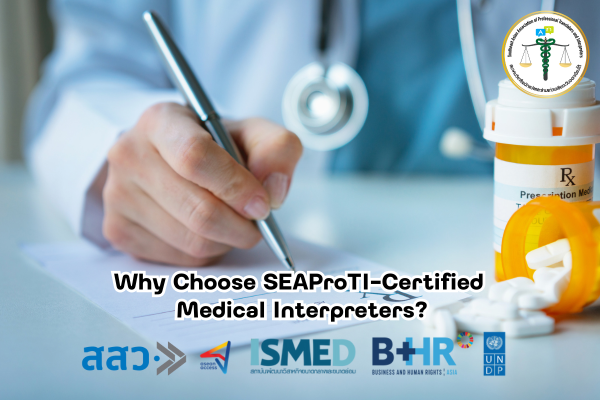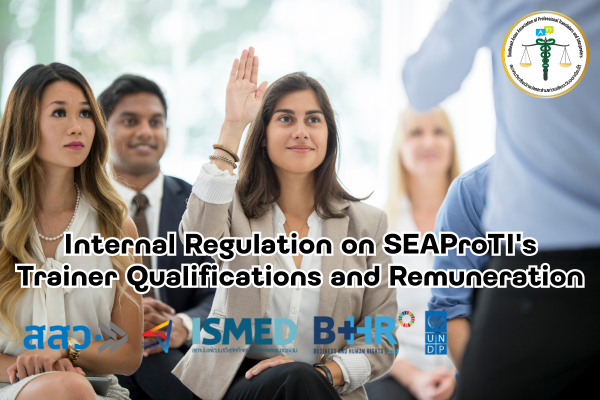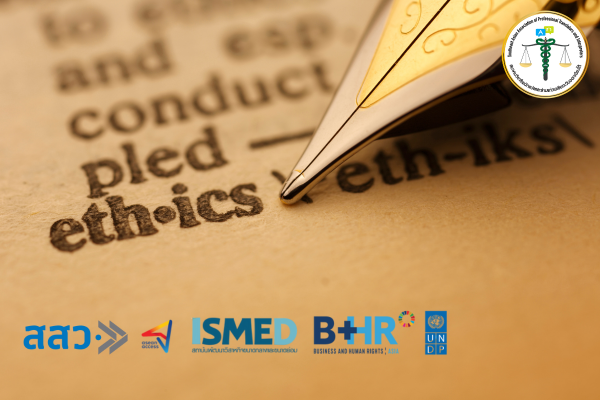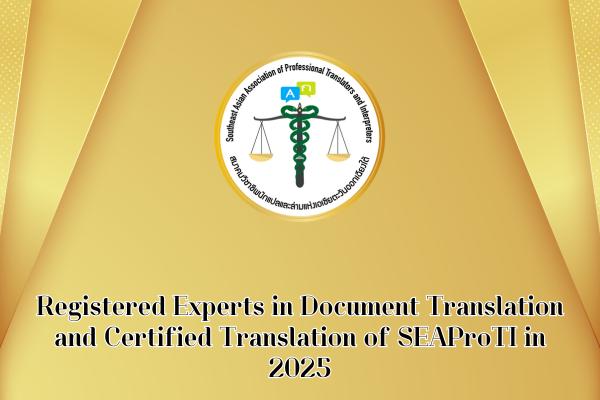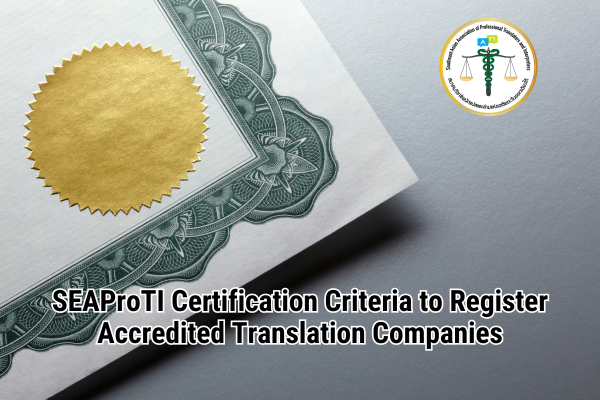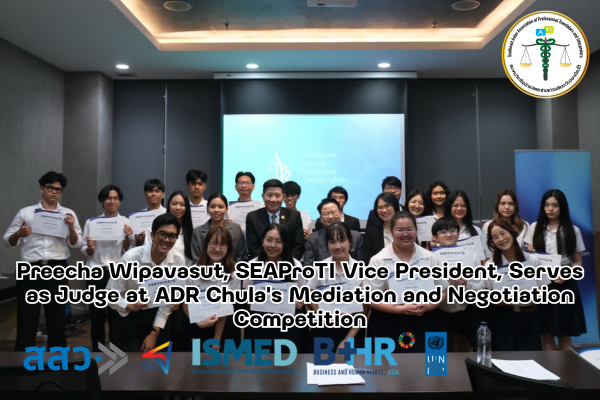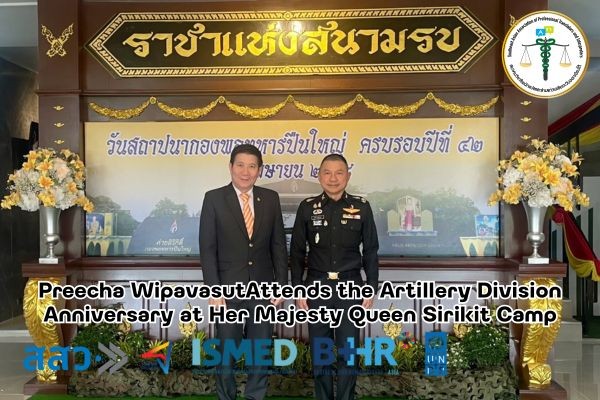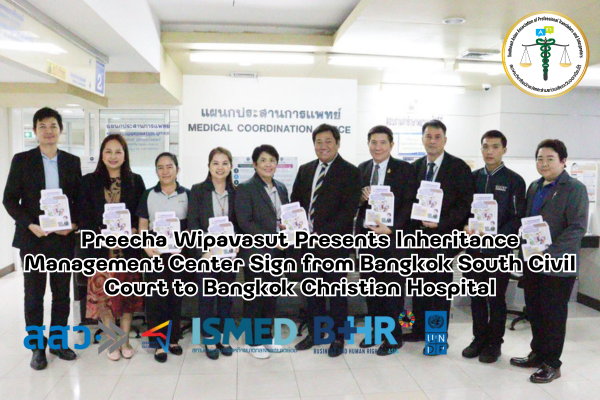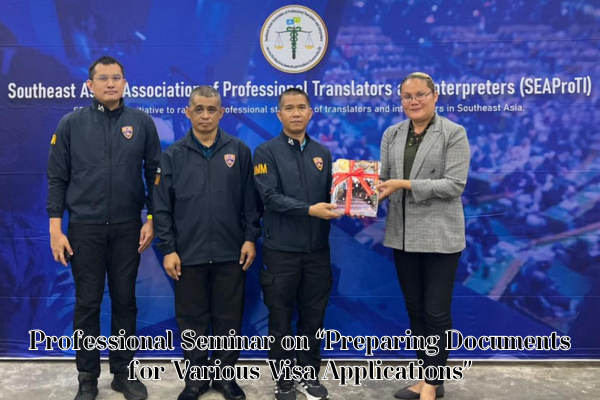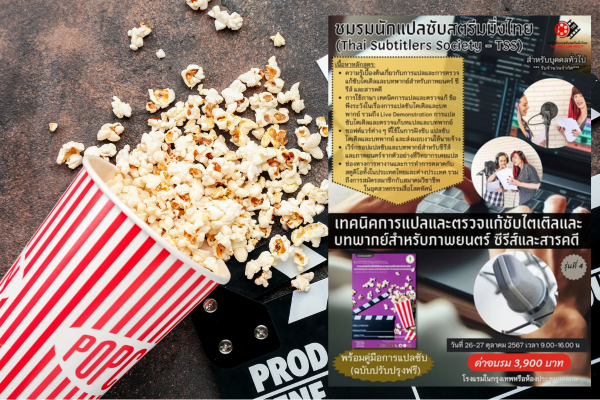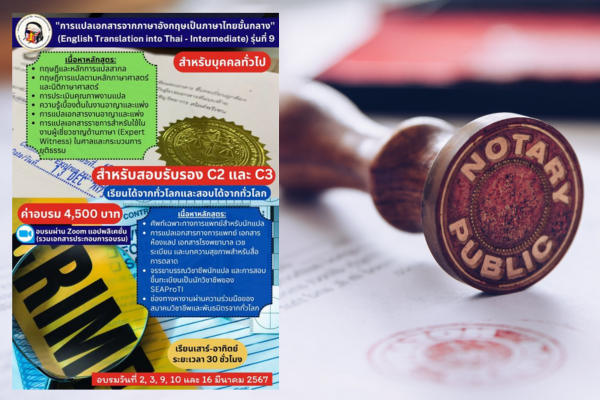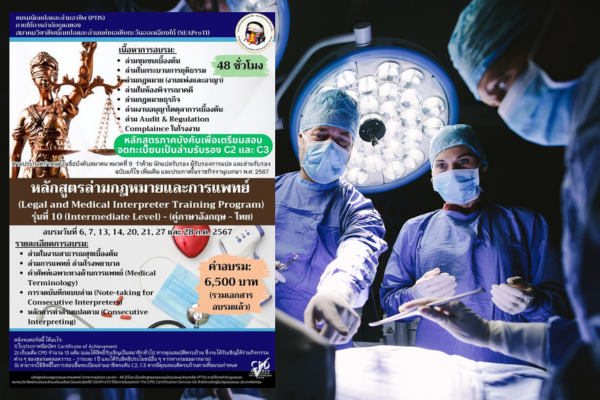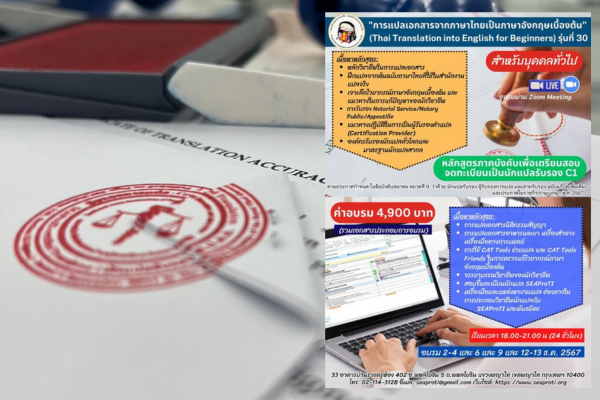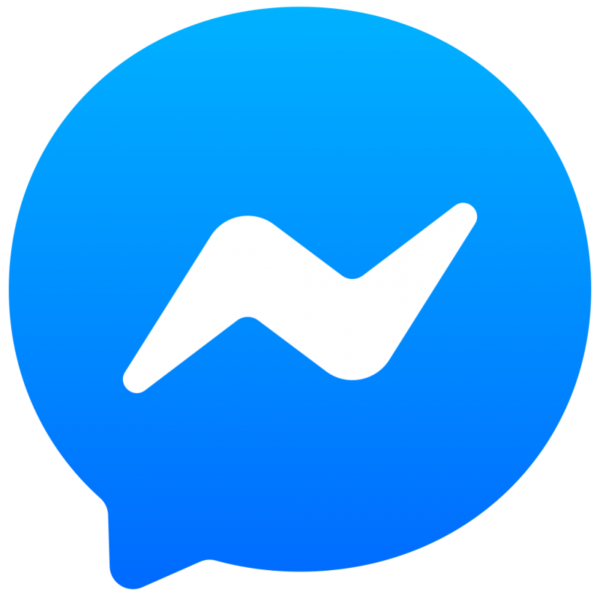AI and the New Role of Translators in the Life Sciences Industry
15 April 2025, Bangkok – In recent years, the rapid advancement of Artificial Intelligence (AI)—particularly in the form of machine translation tools and large language models (LLMs)—has sent shockwaves through the translation and localization industry. These changes are not merely technological disruptions; they are forcing professional translators and Language Service Providers (LSPs) to re-evaluate the core value they offer to their clients.
This transformation is especially pronounced in highly regulated sectors like life sciences, which encompass medicine, pharmaceuticals, biotechnology, and medical devices. In this field, linguistic accuracy is not simply a matter of style or fluency—it is a moral and legal imperative that directly impacts human lives.
In such a context, the translator’s role extends far beyond converting words from one language to another. Translators and localization professionals are becoming risk mitigators in regulatory compliance, trust-builders for global brands, and cultural advisors who ensure that communication resonates with specific target audiences across diverse regions.
For example, in the submission of drug registration dossiers or the translation of medical device instructions and safety warnings, translators must possess a deep understanding of technical terminology, the legal framework of the target country, and international compliance standards such as GxP, ISO 13485, or the European Union’s MDR/IVDR. Even a minor linguistic error can result in regulatory rejection—or worse, endanger patient safety.
At the same time, language and culture are central to a brand’s global success. Consumers are more likely to trust products and services that “speak their language” naturally and respectfully. Translators are therefore increasingly integral to marketing teams, product development units, and corporate communications departments—adding value far beyond mere linguistic transfer.
In an era where AI can translate faster and cheaper than ever before, the competition in this industry is no longer about who translates the fastest, but who translates with the greatest accuracy, reliability, and contextual insight. In life sciences—where credibility and safety are non-negotiable—translators are poised to evolve into scientific language consultants and even strategic partners to product developers, regulatory affairs professionals, and researchers.
In summary, AI is not replacing professional translators in this field—it is accelerating the need for them to redefine and elevate their roles. Those who successfully transition from task-based providers to systemic value creators will not only survive in the AI era but thrive—becoming indispensable assets in the global life sciences ecosystem.
SEAProTI’s certified translators, translation certification providers, and certified interpreters:
The Southeast Asian Association of Professional Translators and Interpreters (SEAProTI) has officially announced the criteria and qualifications for individuals to register as “Certified Translators,” “Translation Certification Providers,” and “Certified Interpreters” under the association’s regulations. These guidelines are detailed in Sections 9 and 10 of the Royal Thai Government Gazette, issued by the Secretariat of the Cabinet under the Office of the Prime Minister of the Kingdom of Thailand, dated July 25, 2024, Volume 141, Part 66 Ng, Page 100.
To read the full publication, visit: the Royal Thai Government Gazette
AI กับบทบาทใหม่ของนักแปลในอุตสาหกรรมวิทยาศาสตร์ชีวภาพ
15 เมษายน 2568, กรุงเทพมหานคร – ในช่วงไม่กี่ปีที่ผ่านมา การพัฒนาอย่างก้าวกระโดดของปัญญาประดิษฐ์ (Artificial Intelligence – AI) โดยเฉพาะในรูปแบบของเครื่องมือแปลอัตโนมัติและโมเดลภาษาขนาดใหญ่ (Large Language Models – LLMs) ได้ส่งแรงกระเพื่อมอย่างรุนแรงไปทั่วทั้งอุตสาหกรรมการแปลและโลคัลไลเซชัน ความเปลี่ยนแปลงนี้ไม่ได้เป็นเพียงความท้าทายด้านเทคโนโลยีเท่านั้น แต่ยังเป็นแรงผลักสำคัญที่ทำให้นักแปลมืออาชีพและผู้ให้บริการภาษา (Language Service Providers – LSPs) ต้องตั้งคำถามใหม่ว่า “คุณค่าที่แท้จริงของงานแปลคืออะไร”
โดยเฉพาะในอุตสาหกรรมที่มีความละเอียดอ่อนและมีกฎระเบียบเข้มงวดอย่าง “วิทยาศาสตร์ชีวภาพ” หรือ “Life Sciences” ซึ่งครอบคลุมทั้งการแพทย์ เภสัชกรรม เทคโนโลยีชีวภาพ และอุปกรณ์ทางการแพทย์นั้น ความแม่นยำของภาษาไม่ใช่แค่เรื่องของความสวยงามหรือความราบรื่น แต่เป็น “ข้อกำหนดทางจริยธรรมและกฎหมาย” ที่มีผลกระทบต่อชีวิตมนุษย์โดยตรง
ในบริบทเช่นนี้ บทบาทของนักแปลไม่ได้จำกัดอยู่แค่การถ่ายทอดข้อความจากภาษาหนึ่งไปยังอีกภาษาหนึ่ง แต่กลับขยับขยายไปสู่การเป็น “ผู้ลดความเสี่ยง” ในการปฏิบัติตามกฎระเบียบ (Regulatory Compliance) “ผู้เสริมสร้างความเชื่อมั่น” ให้กับแบรนด์ระดับโลก และ “ผู้ให้คำปรึกษาด้านวัฒนธรรม” ที่สามารถสะท้อนบริบทของผู้บริโภคแต่ละกลุ่มได้อย่างลึกซึ้ง
ตัวอย่างเช่น ในกระบวนการยื่นเอกสารขึ้นทะเบียนผลิตภัณฑ์ยา หรือการแปลคำเตือนและวิธีใช้ในอุปกรณ์การแพทย์ นักแปลต้องเข้าใจทั้งศัพท์เฉพาะทาง ระบบกฎหมายของประเทศปลายทาง และแนวทางปฏิบัติตามมาตรฐานสากลอย่าง GxP, ISO 13485 หรือ MDR/IVDR ของยุโรป ความผิดพลาดแม้เพียงเล็กน้อยอาจนำไปสู่การถูกปฏิเสธจากหน่วยงานกำกับดูแล หรือที่ร้ายแรงกว่านั้นคือความเสี่ยงต่อผู้ป่วย
ในขณะเดียวกัน ภาษาและวัฒนธรรมยังเป็นกุญแจสำคัญต่อความสำเร็จของแบรนด์ในตลาดโลก ผู้บริโภคมักมีแนวโน้มไว้วางใจผลิตภัณฑ์หรือบริการที่ “พูดภาษาของพวกเขา” ได้อย่างเป็นธรรมชาติและสอดคล้องกับบริบททางวัฒนธรรม นักแปลจึงกลายเป็นส่วนหนึ่งของทีมการตลาด ทีมผลิตภัณฑ์ และทีมสื่อสารองค์กรที่ช่วยผลักดันภาพลักษณ์ของแบรนด์อย่างมืออาชีพ
ในยุคที่ AI สามารถแปลข้อความด้วยความเร็วสูงและต้นทุนต่ำ การแข่งขันในอุตสาหกรรมนี้จะไม่ใช่ “ใครแปลได้เร็วกว่า” แต่จะเป็น “ใครแปลได้ดีกว่า ถูกต้องกว่า และเชื่อถือได้มากกว่า” โดยเฉพาะในสาขาวิทยาศาสตร์ชีวภาพที่ “ความน่าเชื่อถือ” และ “ความปลอดภัย” คือหัวใจของทุกกระบวนการ นักแปลจึงมีโอกาสพัฒนาเป็น “ที่ปรึกษาด้านภาษาทางวิทยาศาสตร์” หรือแม้แต่ “พันธมิตรเชิงกลยุทธ์” ร่วมกับผู้พัฒนาผลิตภัณฑ์ ผู้จัดการด้านกฎระเบียบ และนักวิจัย
สรุปได้ว่า AI ไม่ได้มาแทนที่นักแปลมืออาชีพในอุตสาหกรรมนี้ แต่กลับช่วยเร่งให้ผู้เชี่ยวชาญด้านภาษาแสดงคุณค่าที่แท้จริงออกมาในรูปแบบใหม่ ๆ หากนักแปลสามารถปรับบทบาทของตนจาก “ผู้ปฏิบัติงาน” ไปสู่ “ผู้ให้คุณค่าระดับระบบ” ก็จะสามารถยืนหยัดในโลกหลัง AI ได้อย่างมั่นคง และกลายเป็นทรัพยากรสำคัญที่โลกวิทยาศาสตร์ไม่อาจขาดได้
เกี่ยวกับนักแปลรับรอง ผู้รับรองการแปล และล่ามรับรองของสมาคมวิชาชีพนักแปลและล่ามแห่งเอเชียตะวันออกเฉียงใต้
สมาคมวิชาชีพนักแปลและล่ามแห่งเอเชียตะวันออกเฉียงใต้ (SEAProTI) ได้ประกาศหลักเกณฑ์และคุณสมบัติผู้ที่ขึ้นทะเบียนเป็น “นักแปลรับรอง (Certified Translators) และผู้รับรองการแปล (Translation Certification Providers) และล่ามรับรอง (Certified Interpreters)” ของสมาคม หมวดที่ 9 และหมวดที่ 10 ในราชกิจจานุเบกษา ของสำนักเลขาธิการคณะรัฐมนตรี ในสำนักนายกรัฐมนตรี แห่งราชอาณาจักรไทย ลงวันที่ 25 ก.ค. 2567 เล่มที่ 141 ตอนที่ 66 ง หน้า 100 อ่านฉบับเต็มได้ที่: นักแปลรับรอง ผู้รับรองการแปล และล่ามรับรอง
